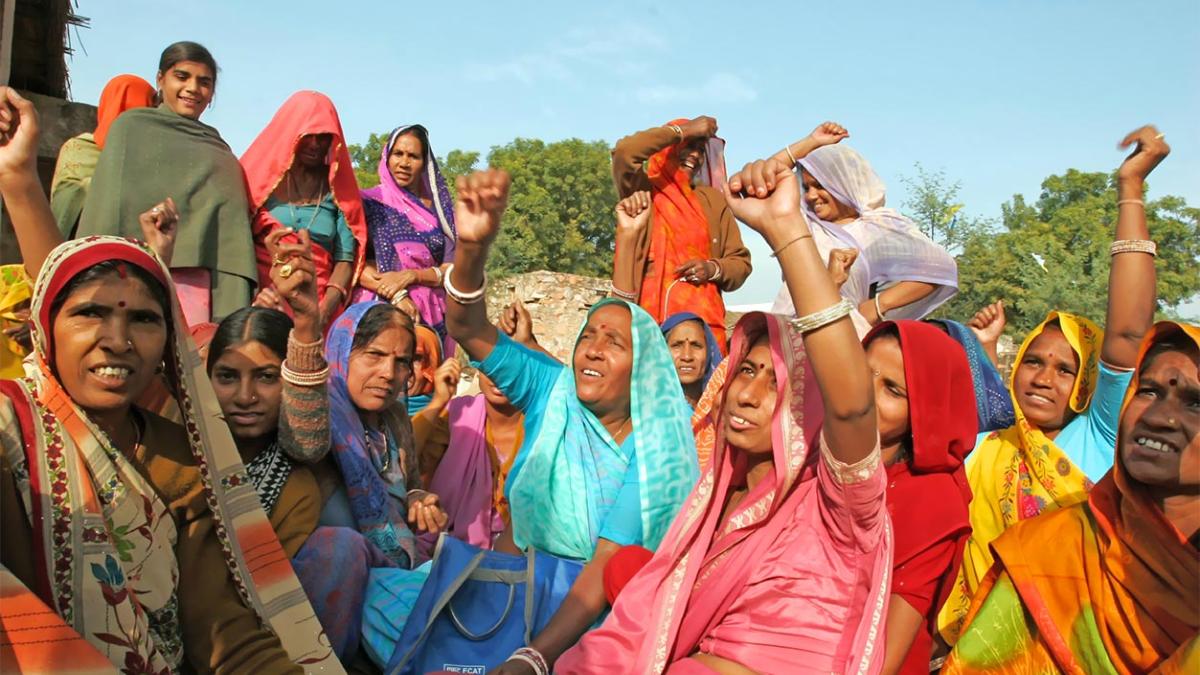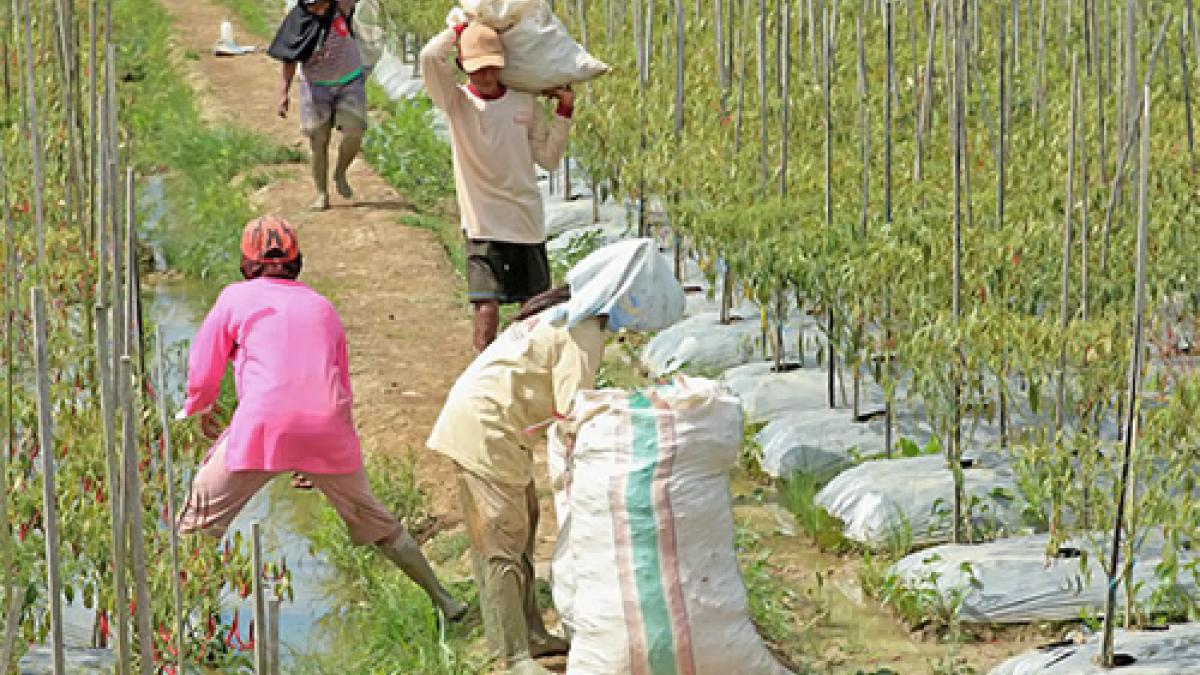Infrastructure
Building a Foundation for Economic Growth and Sustainable Development
Environment, Energy, and Infrastructure
Building and maintaining reliable infrastructure helps USAID achieve and sustain its humanitarian-assistance and development objectives globally.
Featured Blog

Building With Uncertainty: Adopting a locally grounded engineering process nets climate-responsive design
With the climate changing in fast and uncertain ways, getting the right information for infrastructure design is becoming more challenging. USAID spends over a billion dollars a year building infrastructure across our humanitarian assistance and development portfolios, so it’s important that the Agency get it right.
In many developing countries, basic infrastructure is failing, insufficient, or non-existent. Inadequate access to infrastructure is a key barrier to economic growth. It inhibits access to health care, education, and markets. The lagging global economy and a spike in energy prices have put enormous pressure on public budgets in many USAID partner countries, stalling investments in new infrastructure and preventing needed maintenance.
Infrastructure is a vital pathway to achieving USAID’s development objectives across every sector. How the world grows, advances, and develops is built on a foundation of infrastructure.
Without well-built roads, smallholder farmers can’t get their crops to market. Without safe, well-built schools, children can’t learn. Without well-built wells, safe drinking water is unavailable and human health suffers. Without well-built health clinics and hospitals, medical professionals cannot deliver vital health services.
USAID supports the design, rehabilitation, and construction of energy, water, sanitation, and transportation infrastructure, as well as schools and health facilities in more than 60 countries. Through investments abroad, USAID builds local capacity to operate and maintain infrastructure, making countries more resilient to shocks and reducing the need for emergency humanitarian assistance.
More Than Bricks and Mortar
USAID infrastructure development goes beyond hardware—we develop and build the systems that sustain people, their knowledge, their institutions, and their resources. Affordable, reliable, and sustainable infrastructure including roads, water treatment, and power supplies, underpins nearly all of USAID’s development objectives. USAID’s approach to infrastructure improvement involves establishing sustainable service providers and institutions that can build, operate, and maintain critical infrastructure effectively. USAID helps partner countries apply globally accepted standards and best practices in infrastructure development, including the establishment of strong legal and regulatory frameworks necessary for attracting private investment and expertise.
A Localized and Evidence-Based Approach to Construction
USAID has over $1 billion of ongoing infrastructure construction activities that support a wide variety of development programming. These construction activities, overseen by the Agency’s professional engineers, are guided by local knowledge, regulations, best practices, and context in order to create systems that are more easily operated and maintained by local entities and experts.
Decades of experience, evidence, and lessons learned guide USAID’s approach to infrastructure development. Realistic needs assessments, project design employing qualified architecture and engineering firms, compliance with necessary regulations and policies, qualified technical management throughout the project, and independent inspection are fundamental to our process of building sustainable infrastructure around the world.
Delivering Results
USAID helps partner countries apply globally accepted best practices in construction and engineering, which helps attract private investment and expertise.
Our work in Ethiopia on quality control, schedule, and cost has led to the Ministry of Health revising and improving their own health center design.
And in Guatemala, we are strengthening community institutions so they define their own priorities and take financial and organizational responsibility for sustaining results after USAID leaves.
USAID's inclusion efforts strengthen infrastructure outcomes for everyone. Women are vital to resilience-building efforts, and women’s empowerment is intrinsically linked to achieving sustainable development.
In Bangladesh, USAID is fostering income generation opportunities for women by improving their access to fish buyers to increase sales. We are also making roads safer for women to travel alone throughout the year.
Working together, USAID and the private sector are leveraging expertise, assets, technologies, networks, and resources to help move countries from recipients to partners.
In Pakistan, we are using a unique public-private partnership to outsource operations of newly built and renovated schools to private sector “Education Management Organizations” for up to 10 years with government funding.
Results
- Bangladesh: Agricultural Infrastructure Development Program (BAIDP)
- El Salvador: Tropical Storm IDA Reconstruction Program
- Ethiopia: Development Food Security Activities
- Ethiopia: Health Infrastructure Program (EHIP)
- Food for Peace (FFP): Multi-Sectoral WASH Programming Supports Food and Nutrition Security Objectives
- Jordan: Education Infrastructure Portfolio
- Jordan: Non-Revenue Water (NRW) Phase II and II Activity
- Liberia: Beyond the Grid Power Africa Activity (Ganta Gbarnga Grid Extension)
- Malawi: Secondary Education Expansion for Development (SEED)
- Malawi: Apatseni Mwayi Atsikana Aphunzire (AAMA)
- Pakistan: Sindh Basic Education Program
- Philippines: Building Low Emission Alternatives to Develop Economic Resilience and Sustainability (B-Leaders)
- Yemen: Water Sector Rehabilitation Program
- Zambia: District Coverage of Health Services (Discover-Health)
- Zimbabwe: Food Assistance for Assets (FAA) Program



